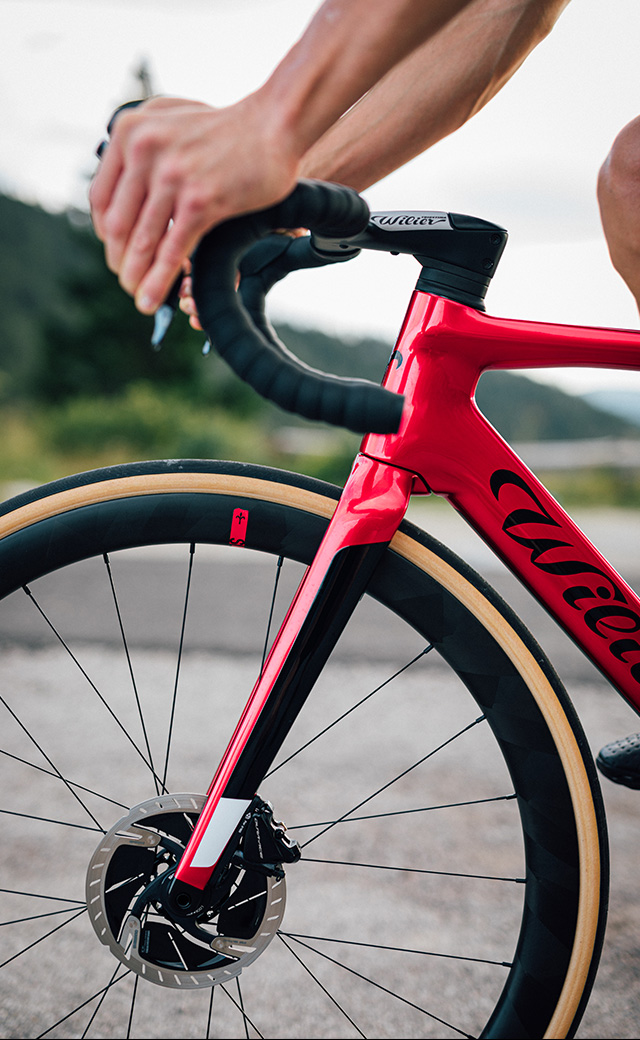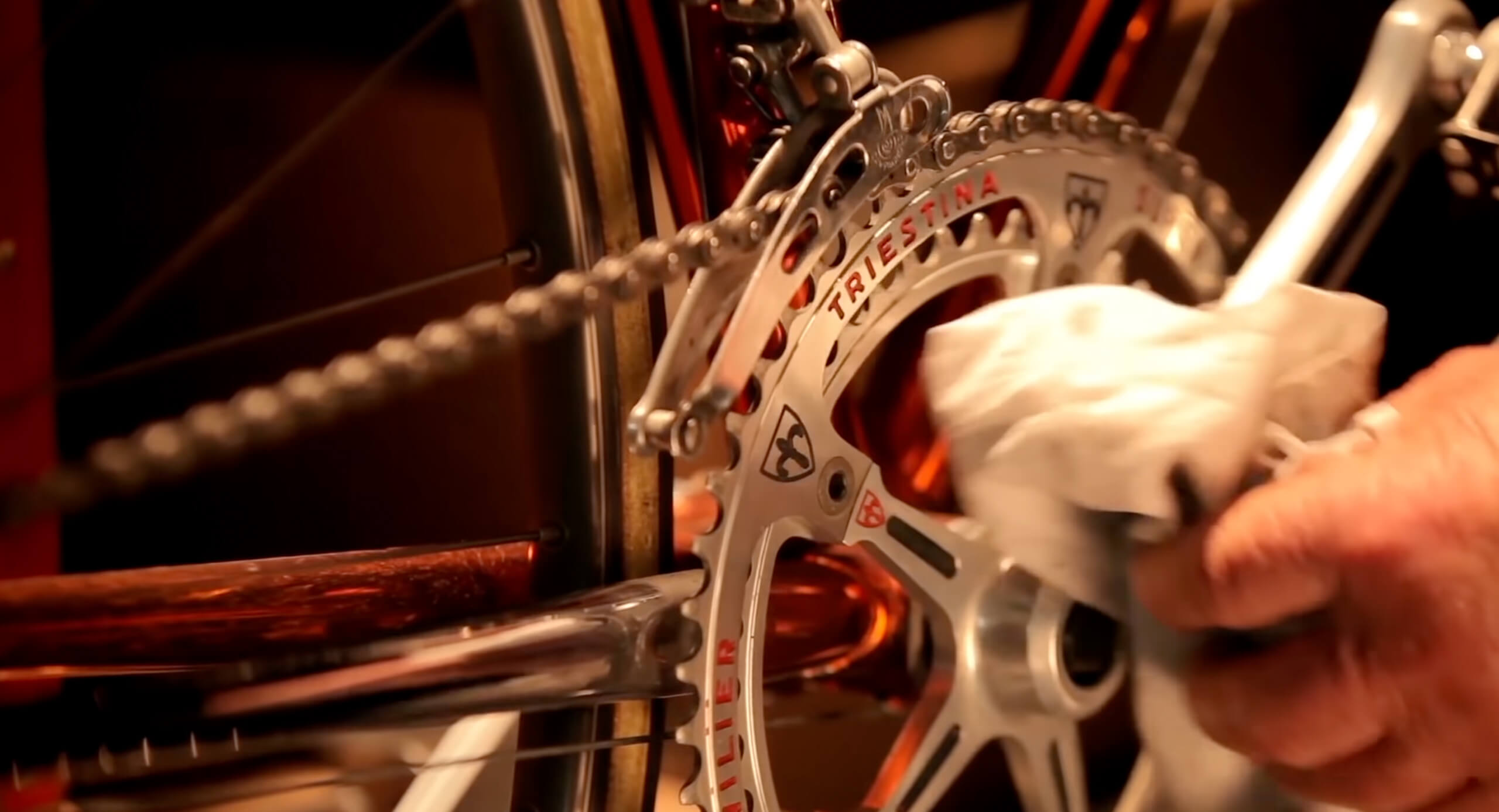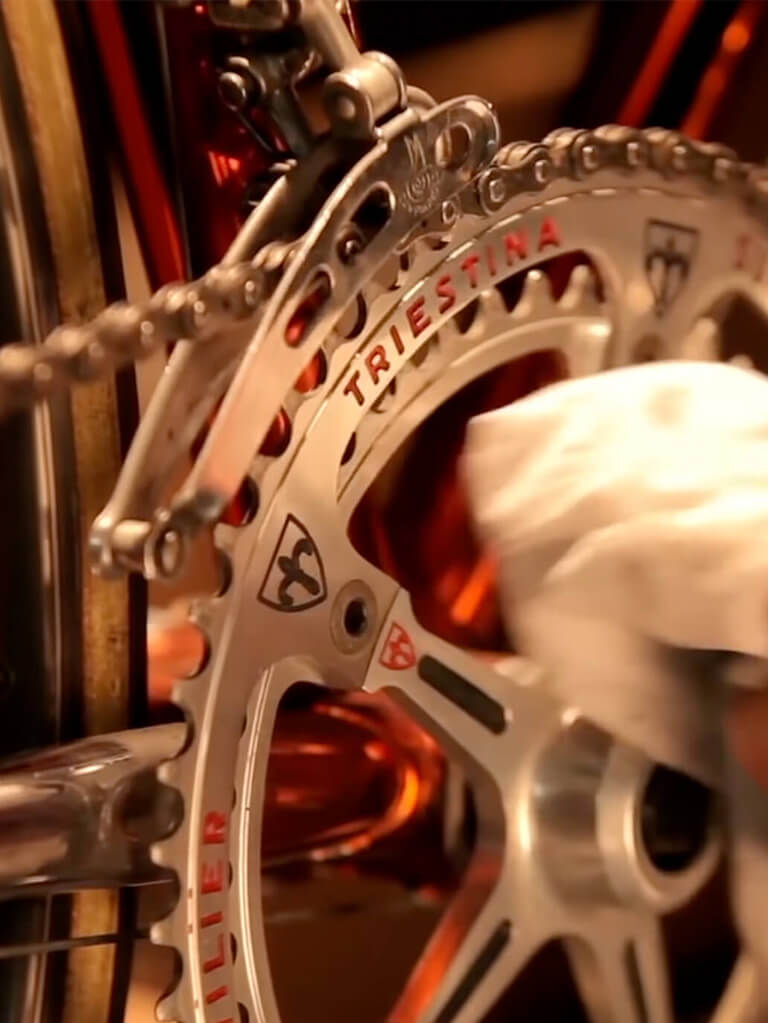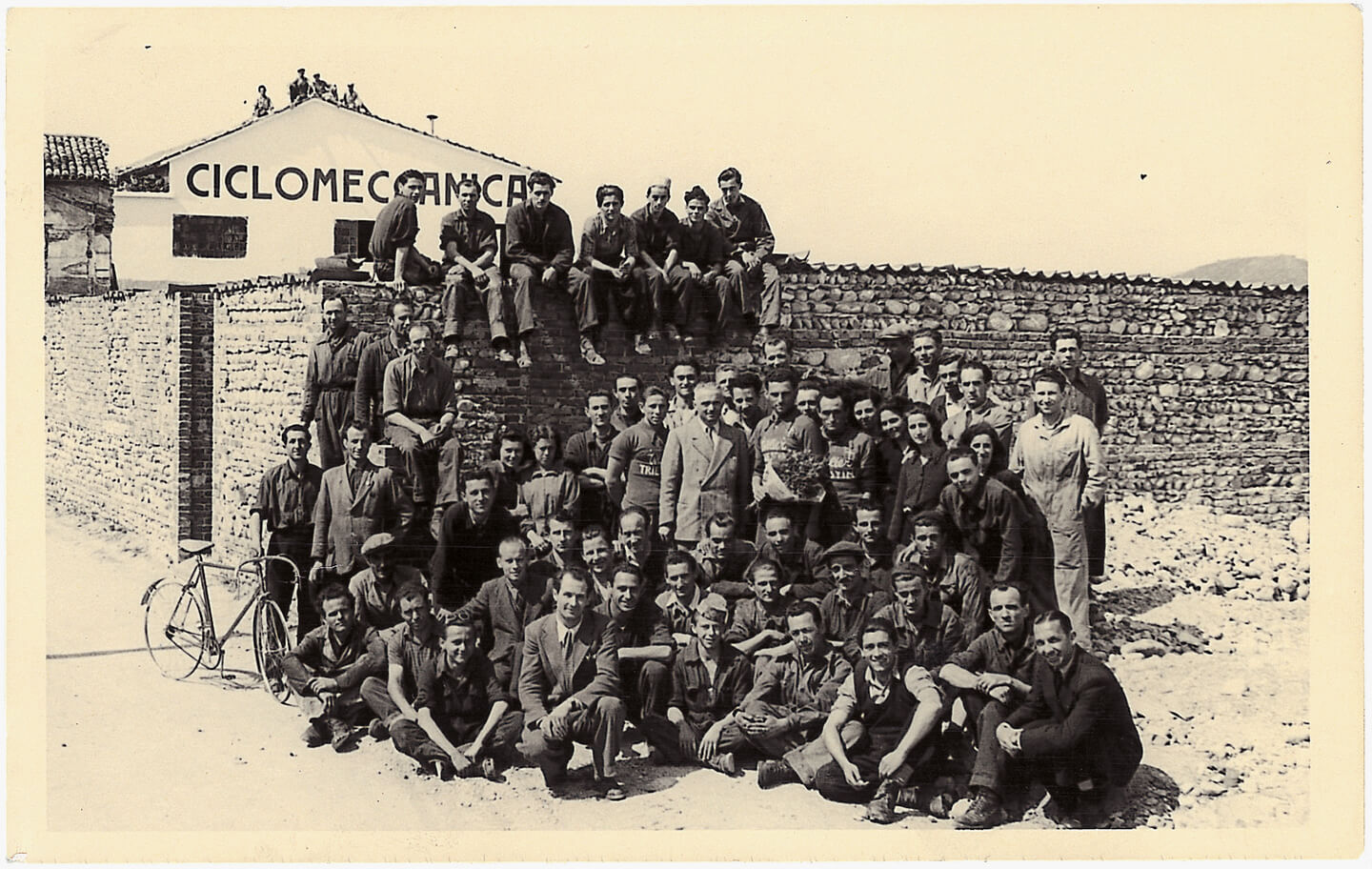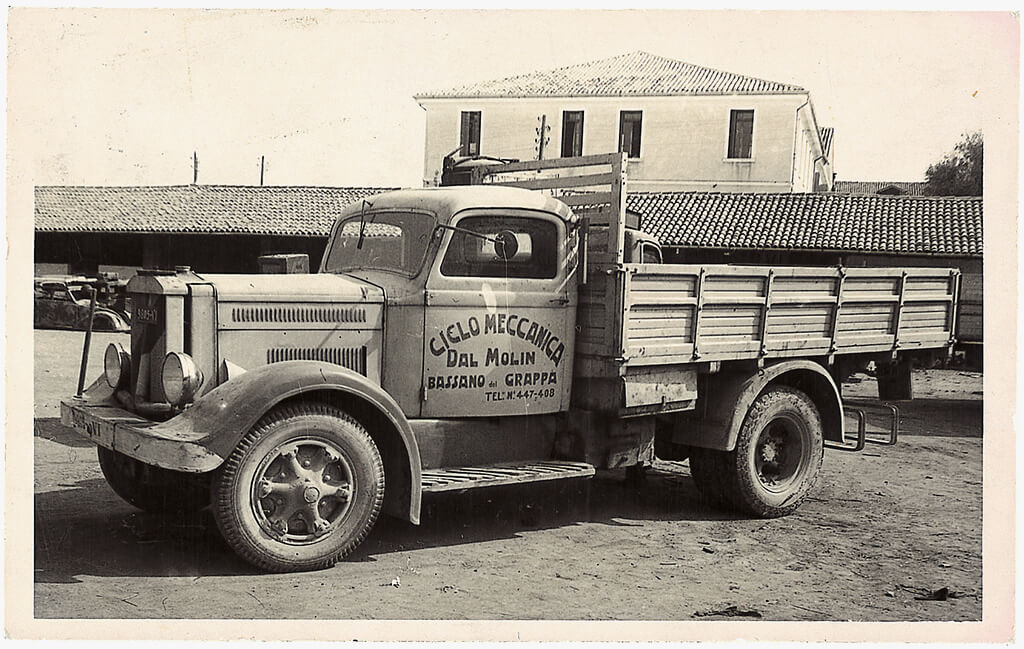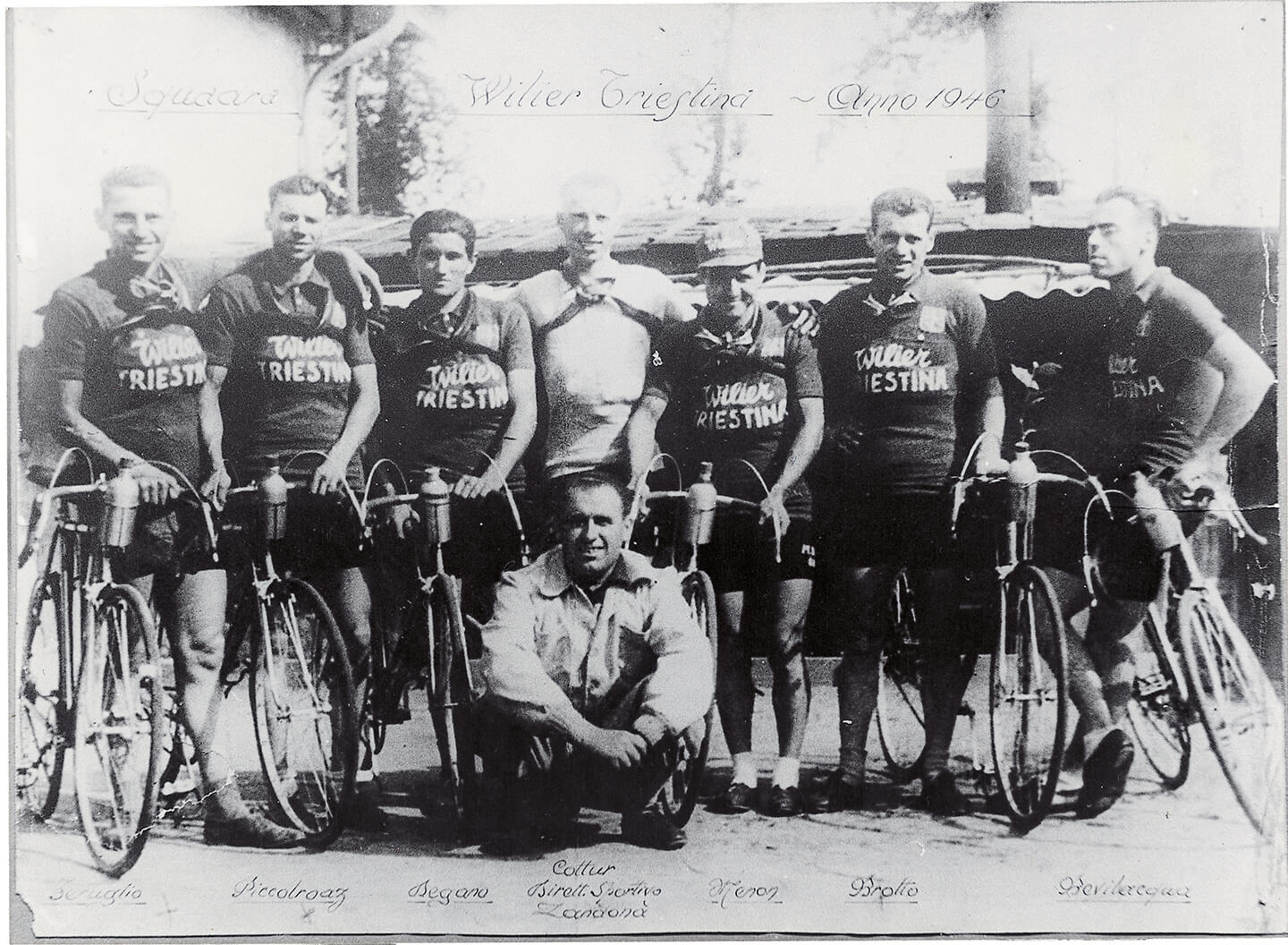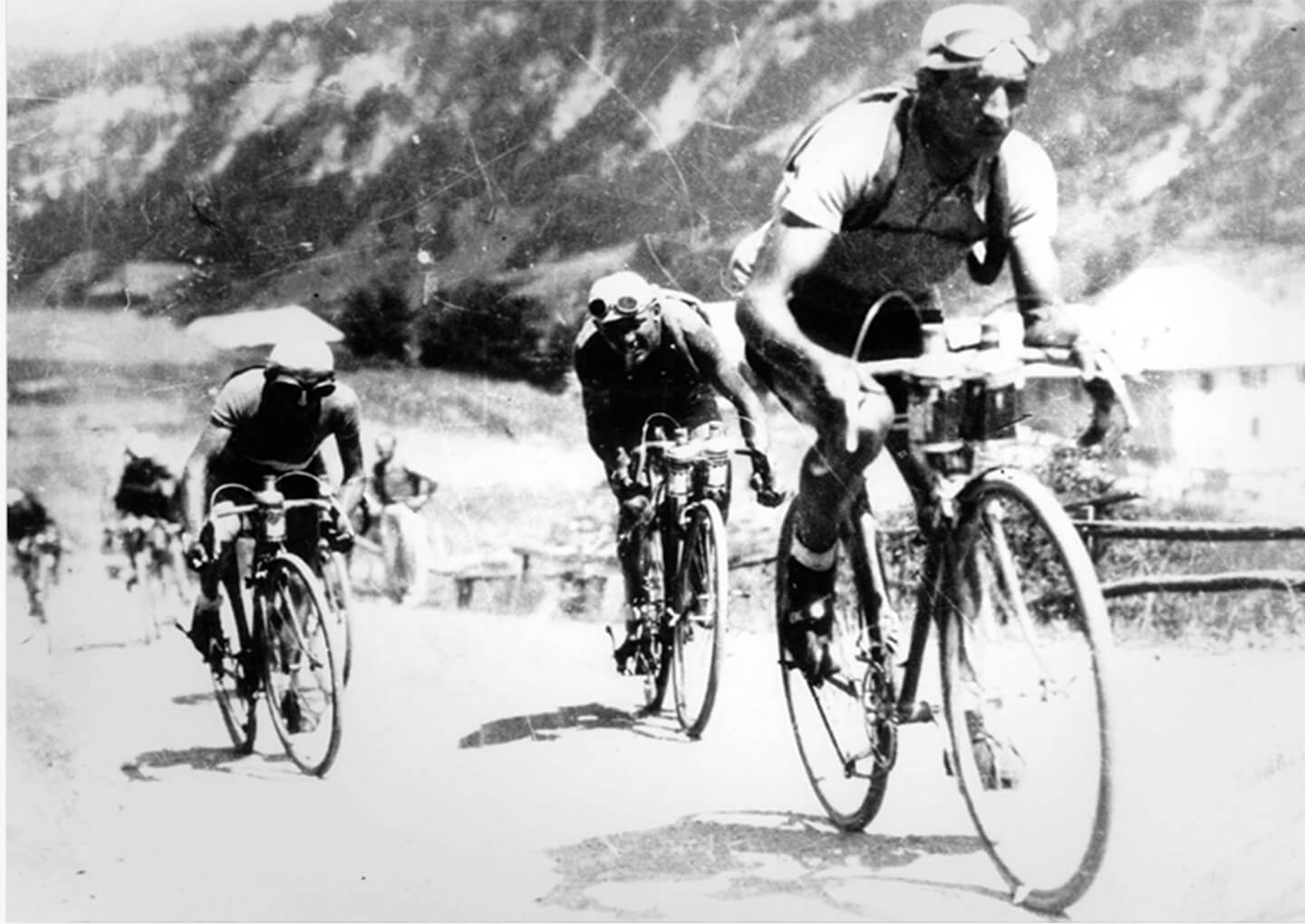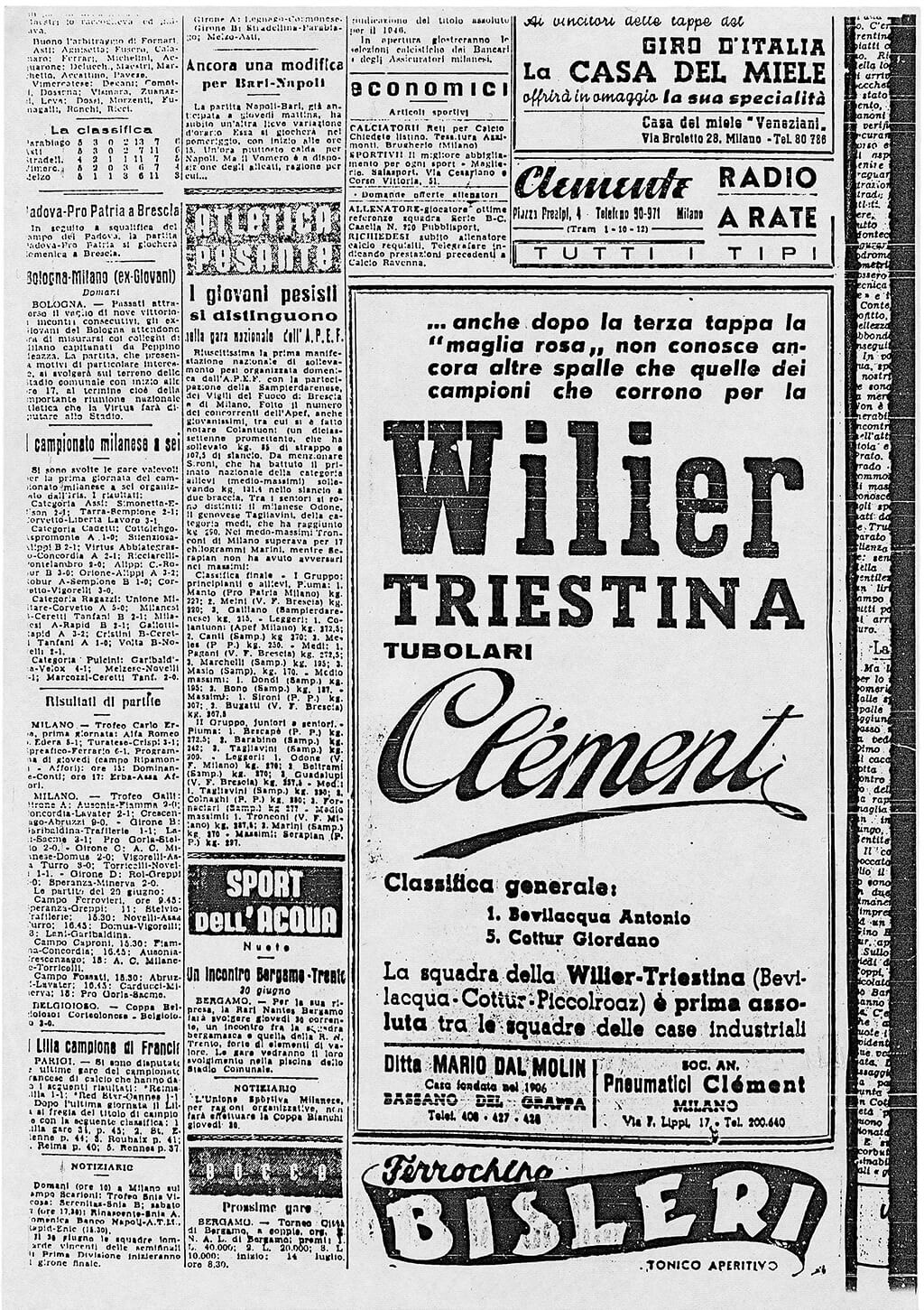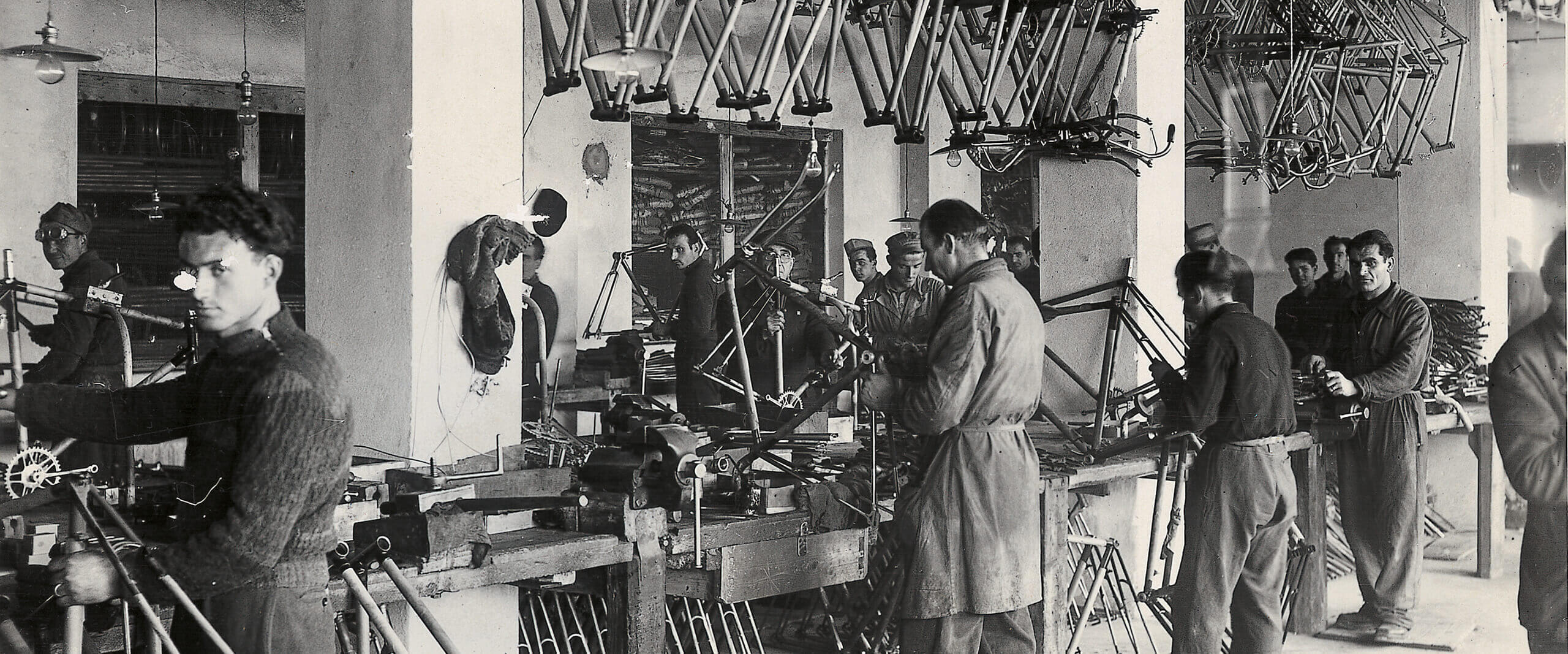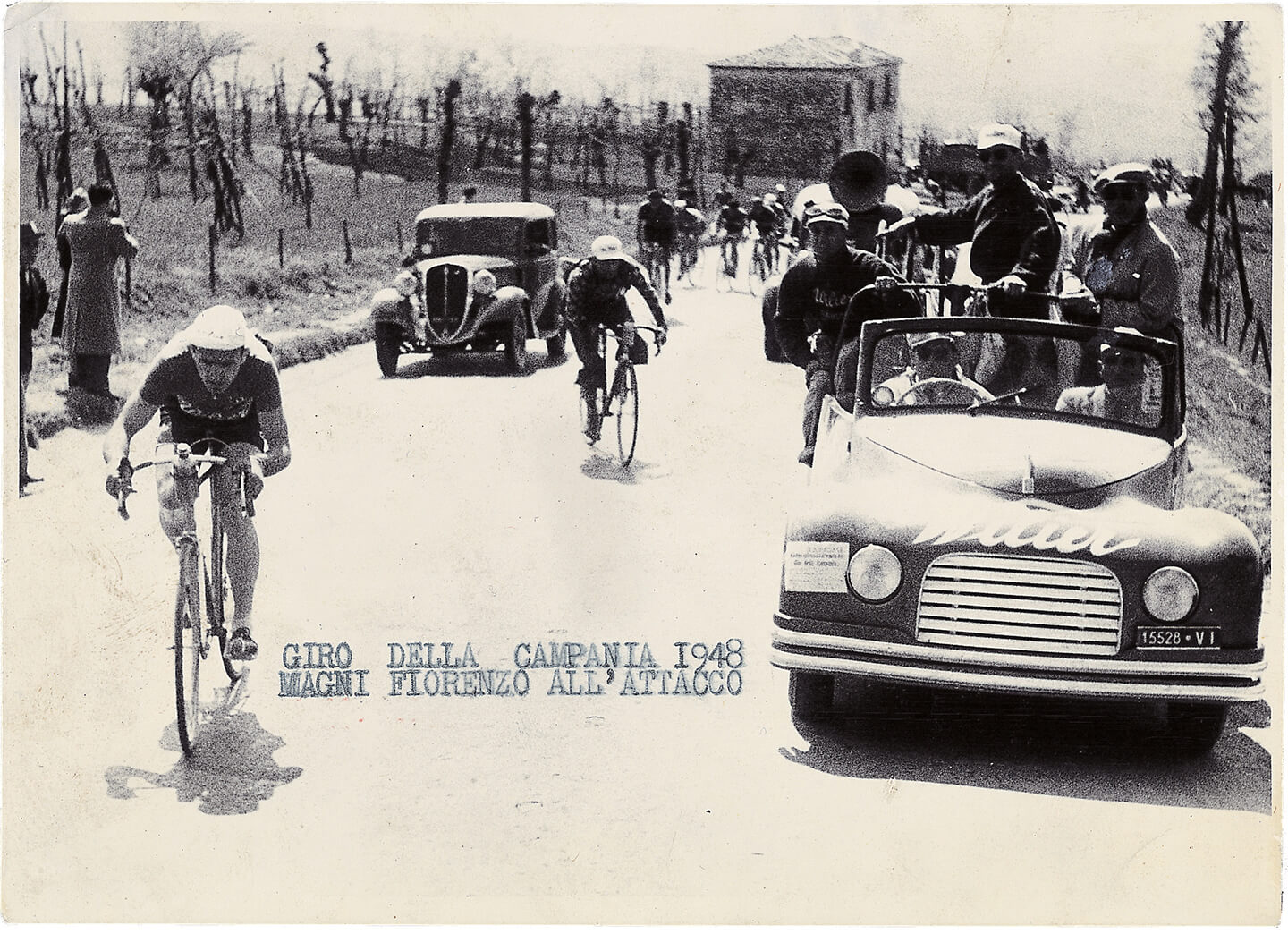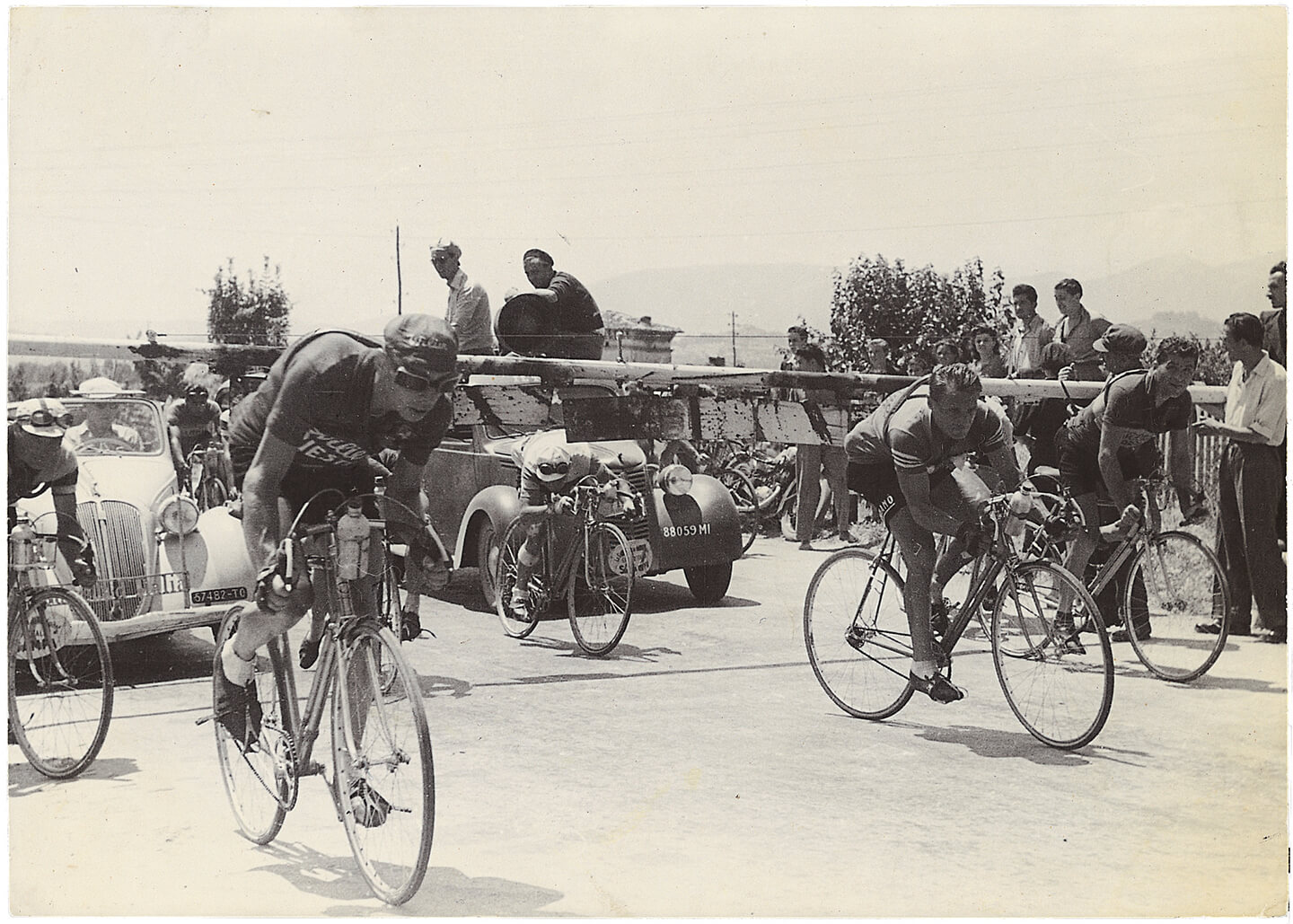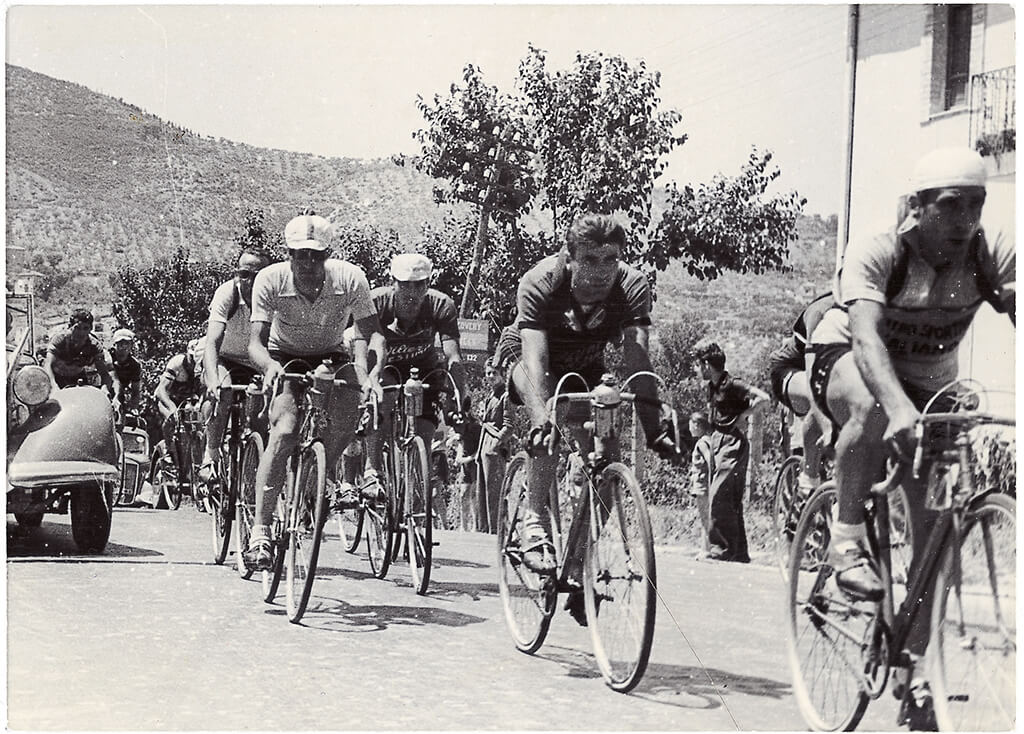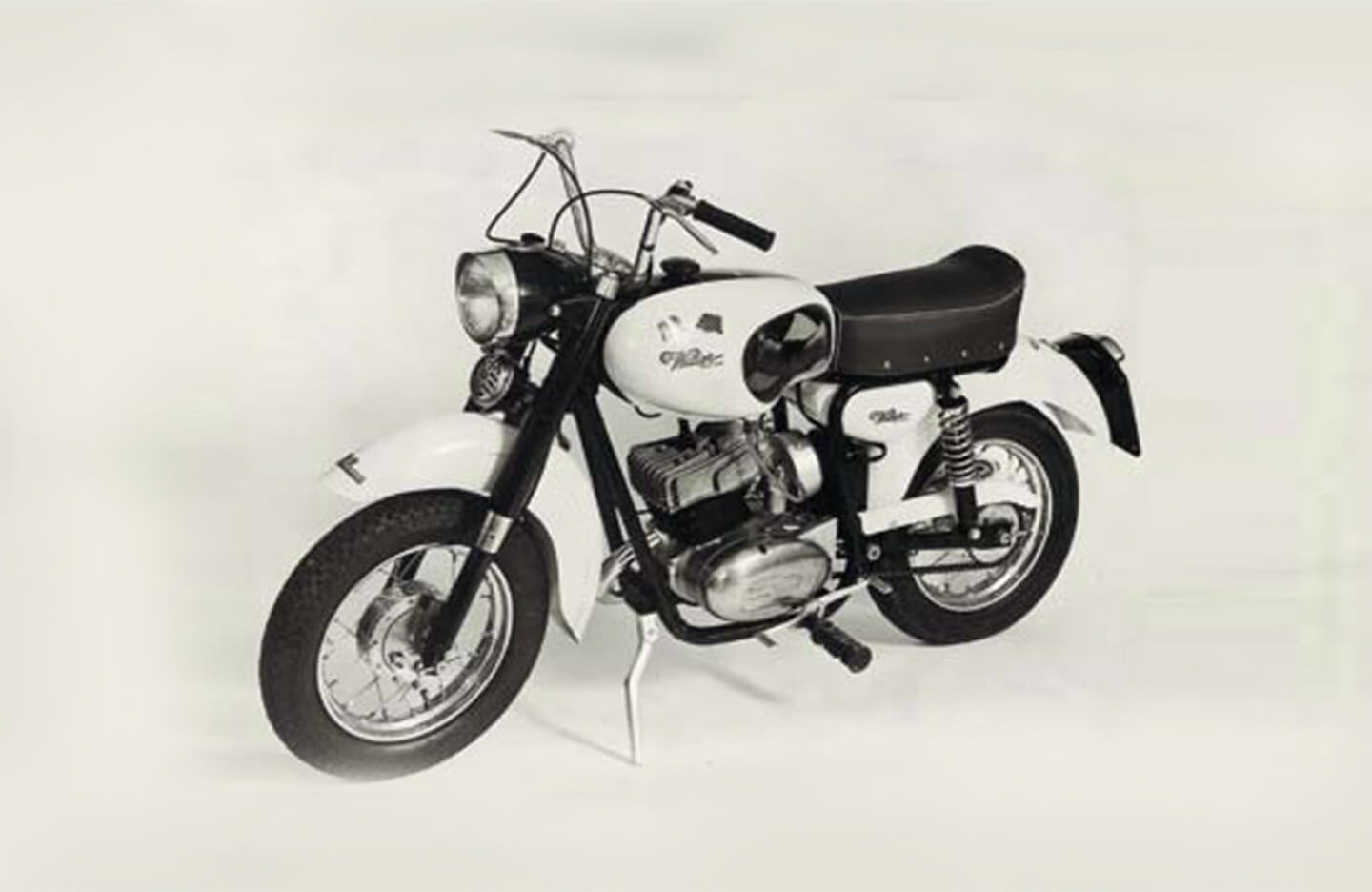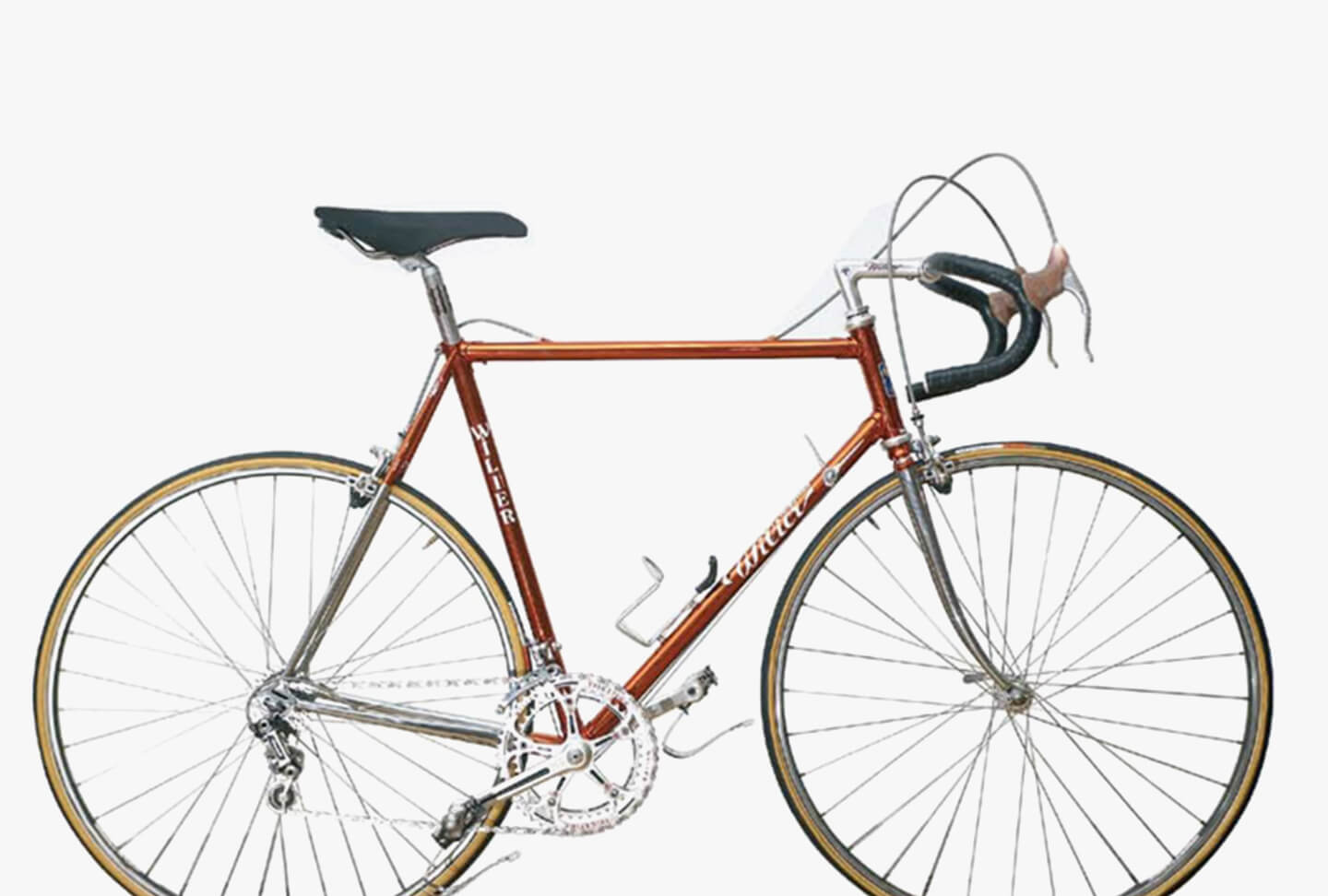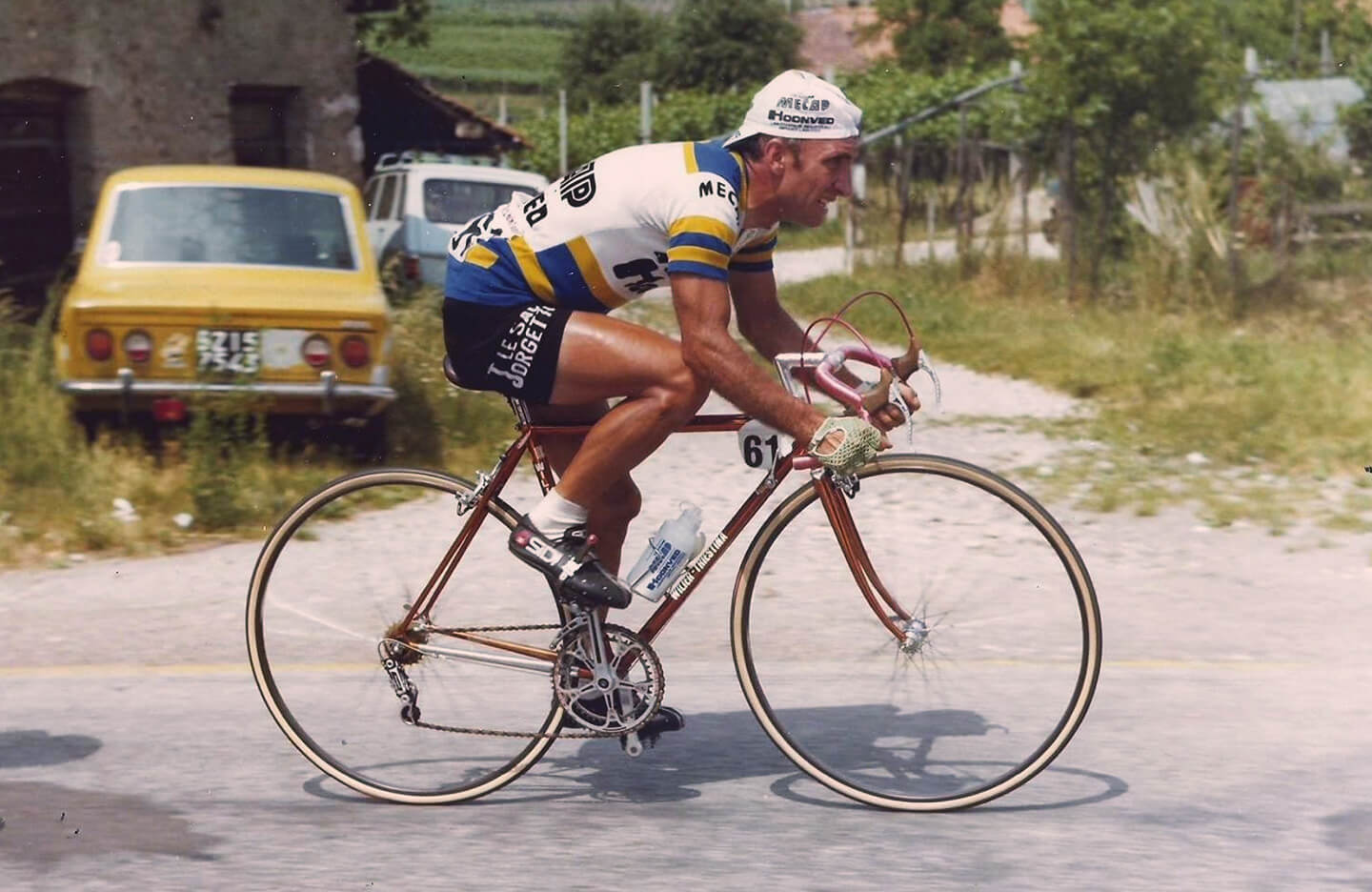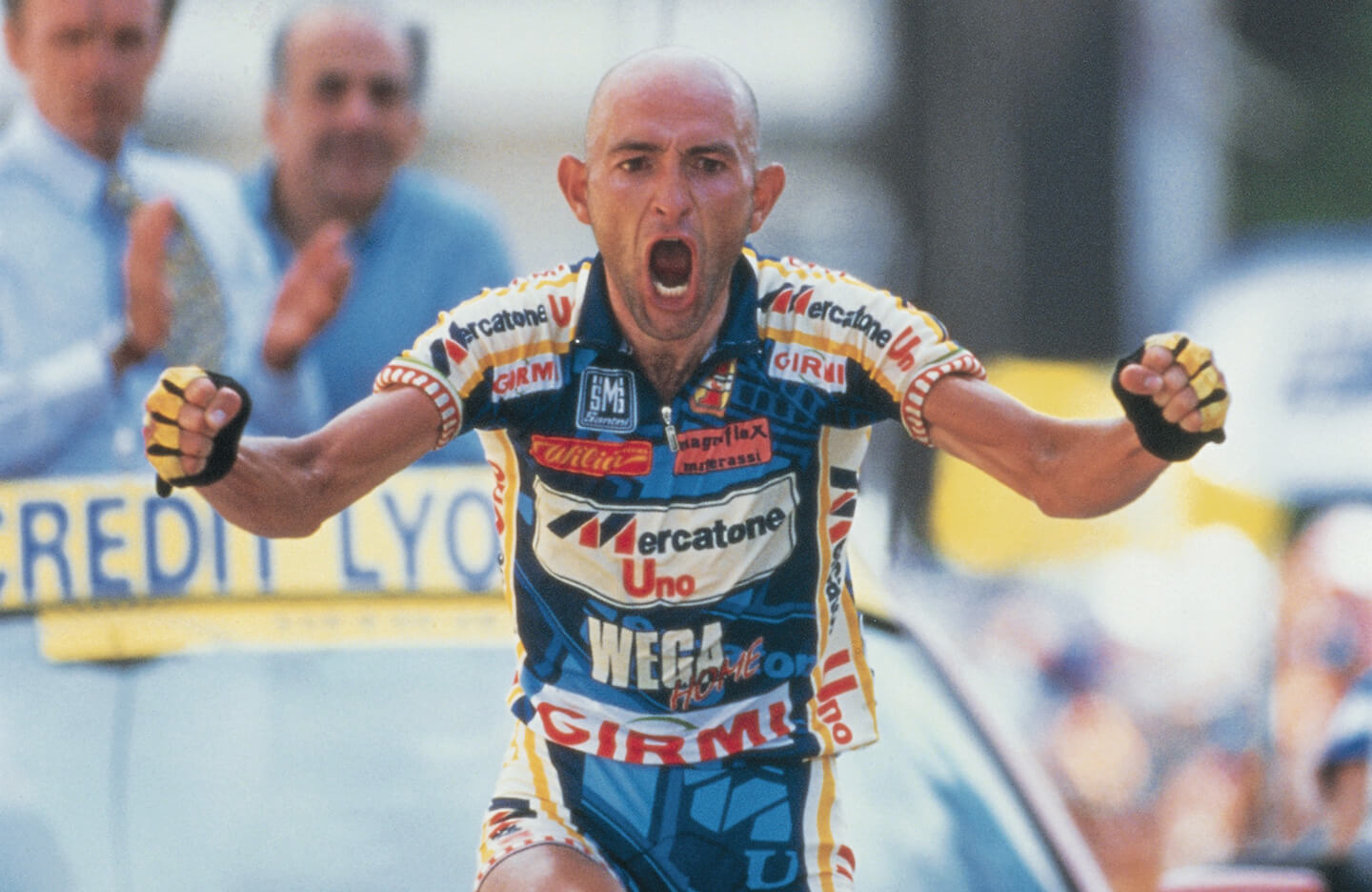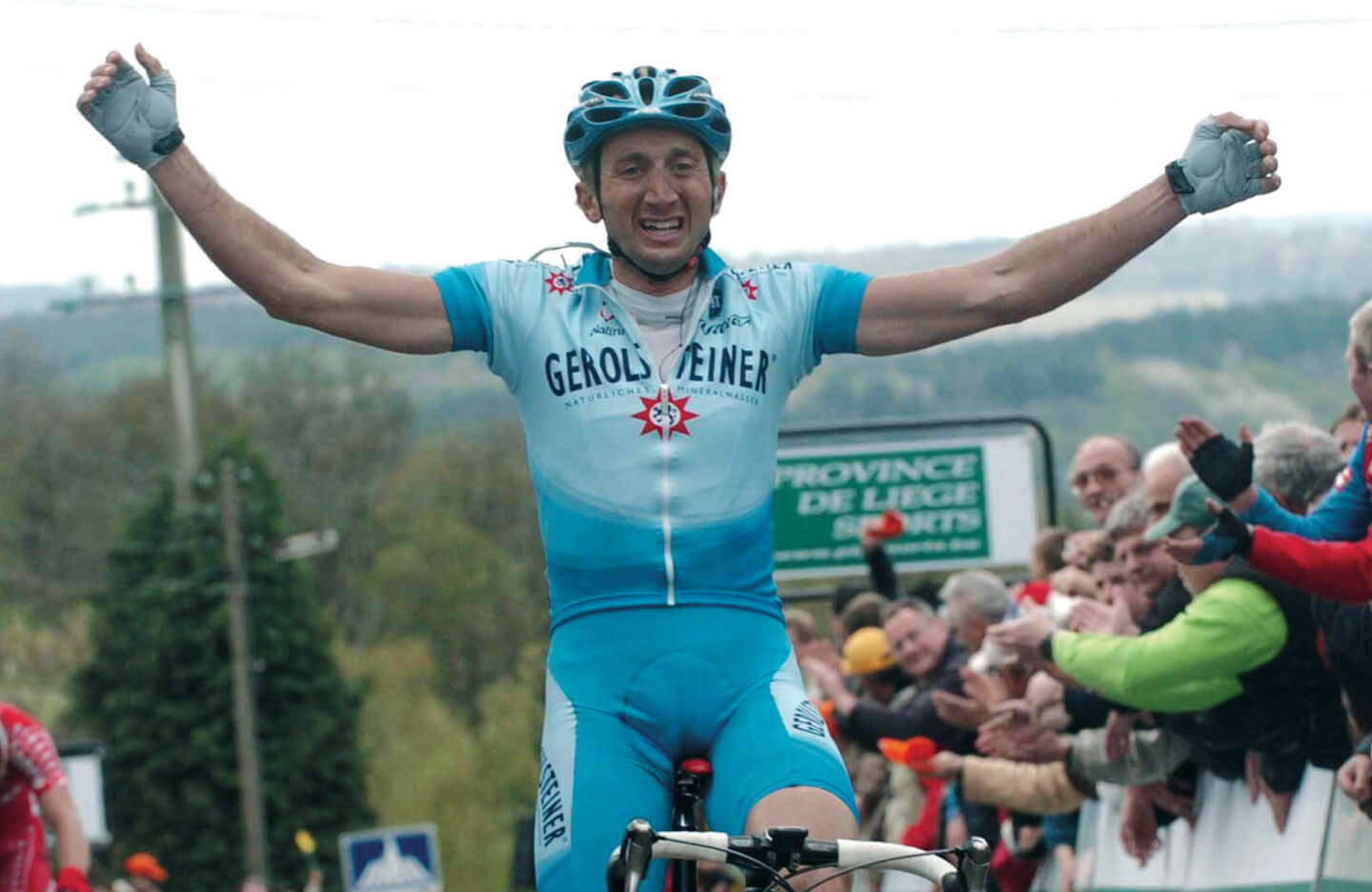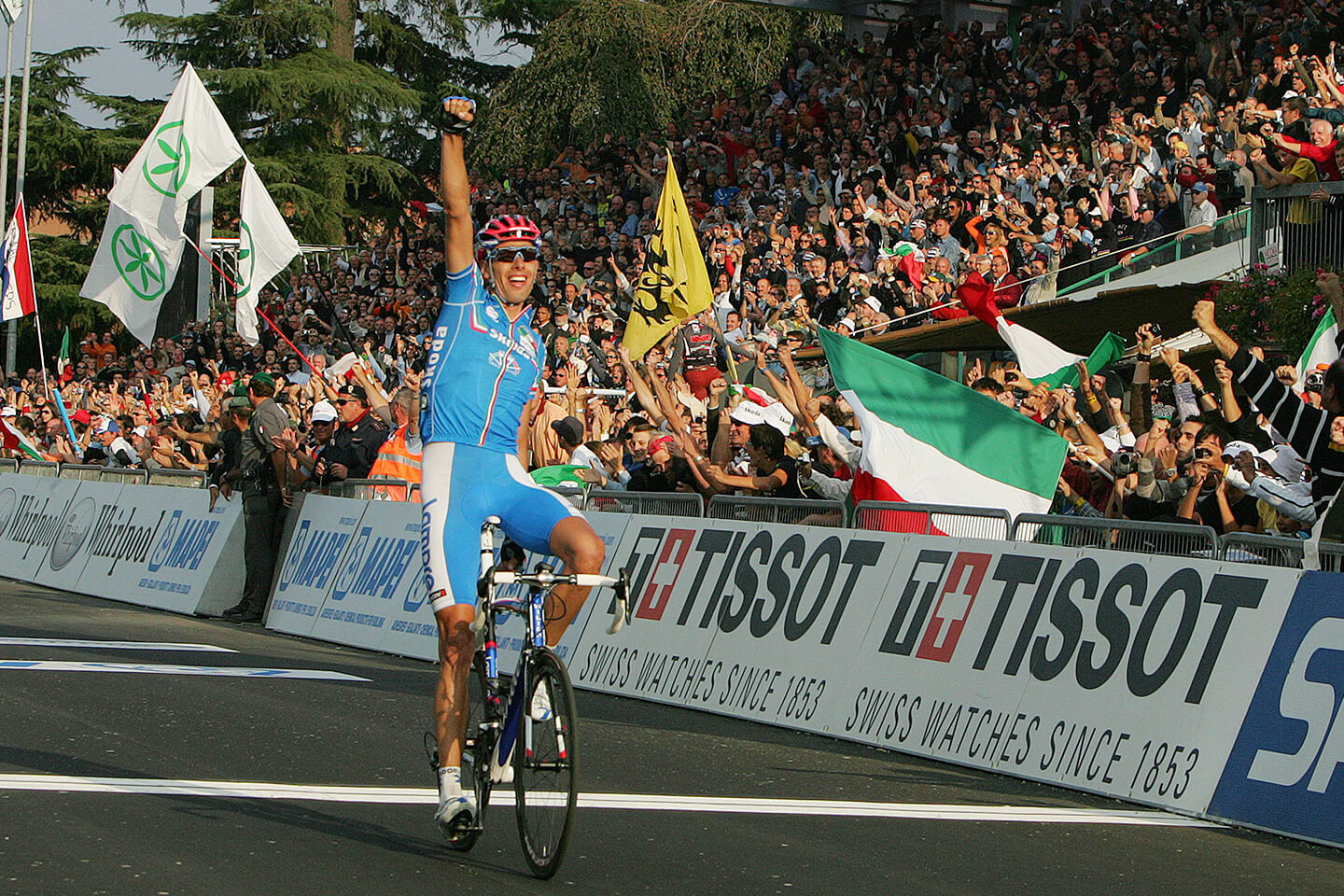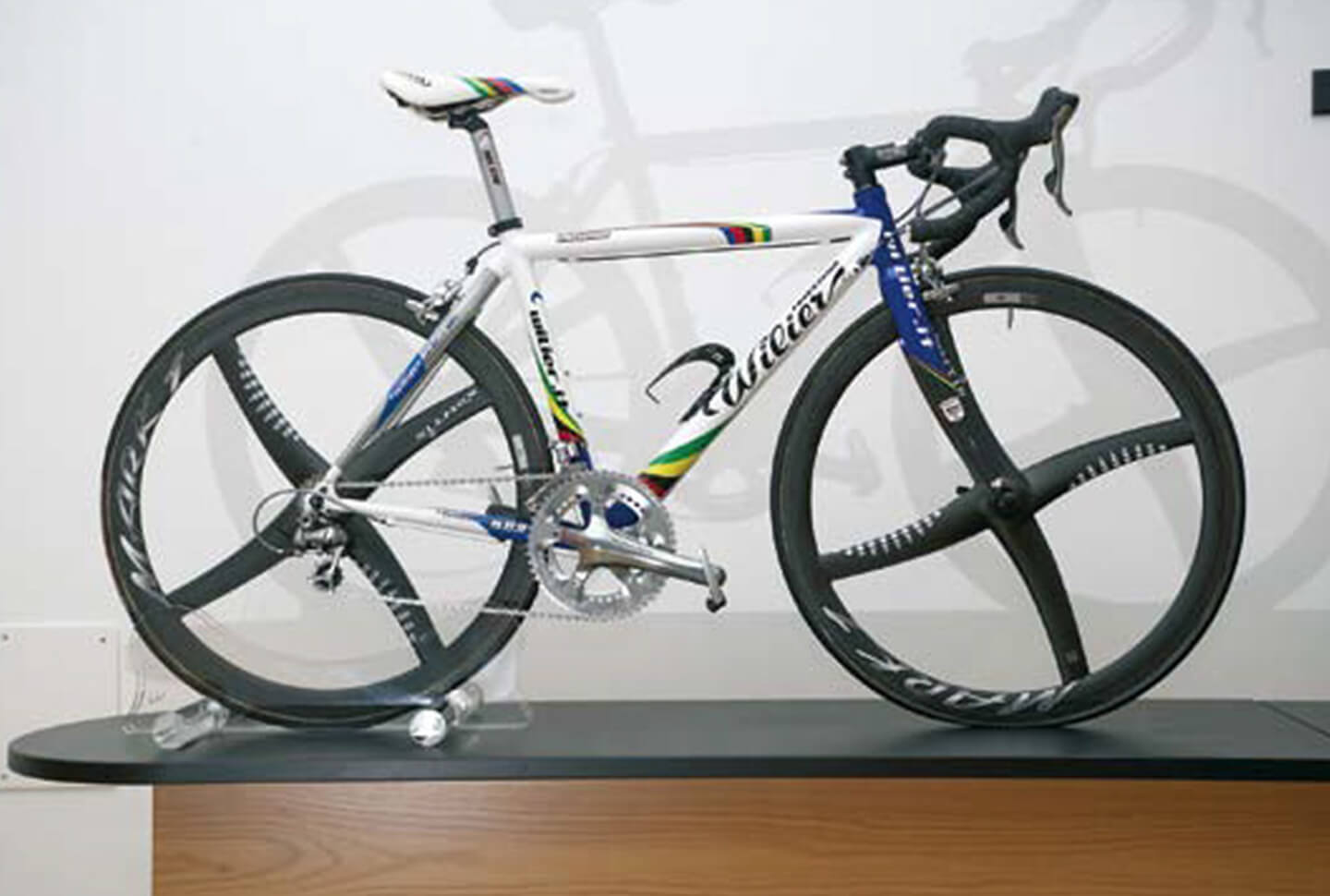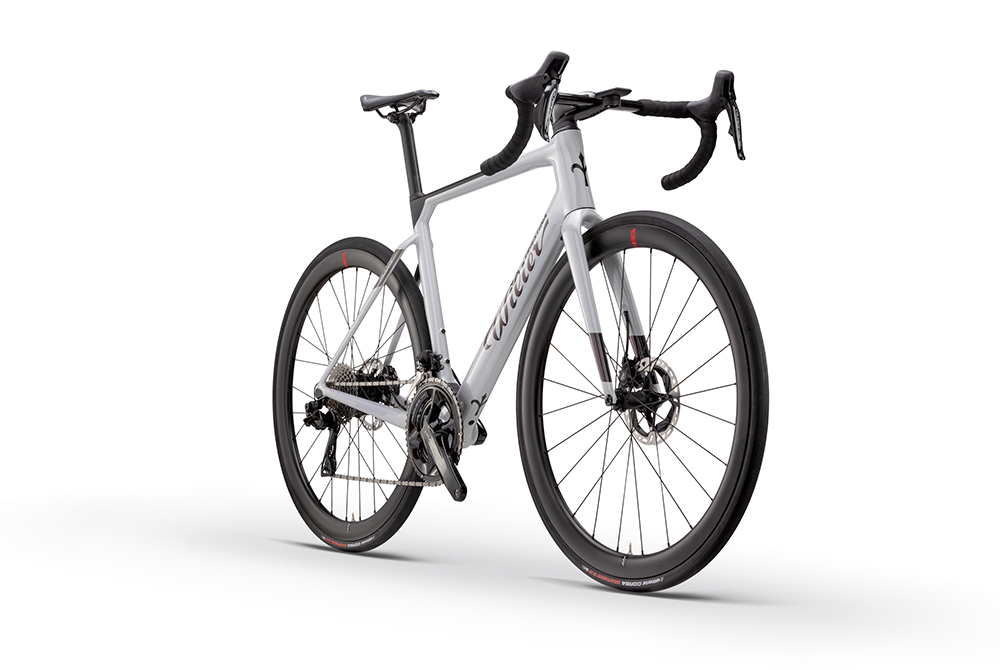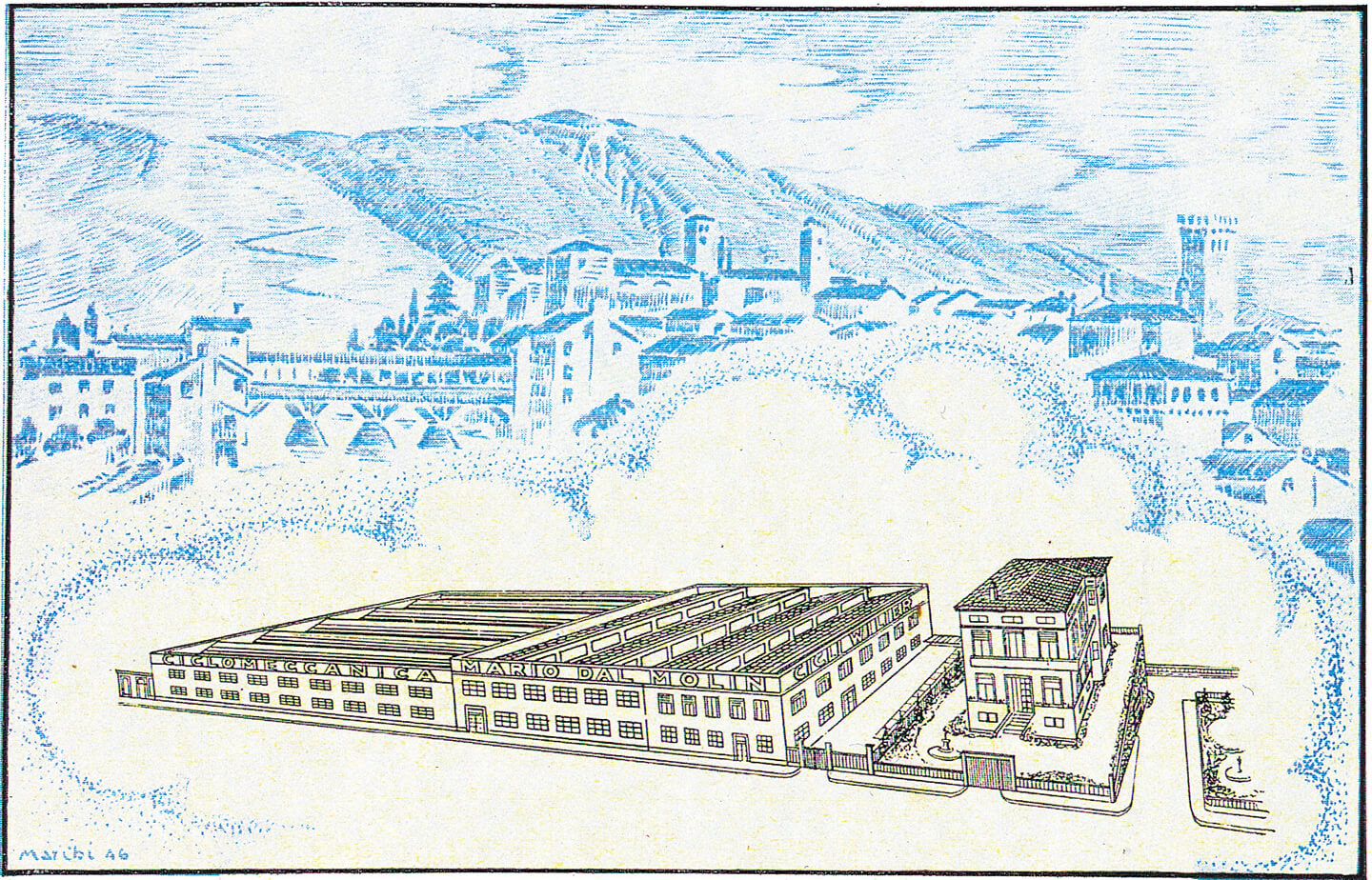
At the end of the 19th century, the invention of the safety bicycle swept away the fear of the dangers associated with the penny-farthing and, thanks to the widespread use of tires, also thwarted the belief that the new creation was too uncomfortable to ever become popular.
Thusly, the bicycle revealed itself to be a great innovation that would soon change how movement was perceived. People first began to see this in England, and soon after in the United States, France and, at the start of the 20th century, Italy.
Here, among its pioneers was Pietro Dal Molin of Bassano del Grappa who, in 1906, took over the English Wilier brand and launched the production of safety bicycles.
